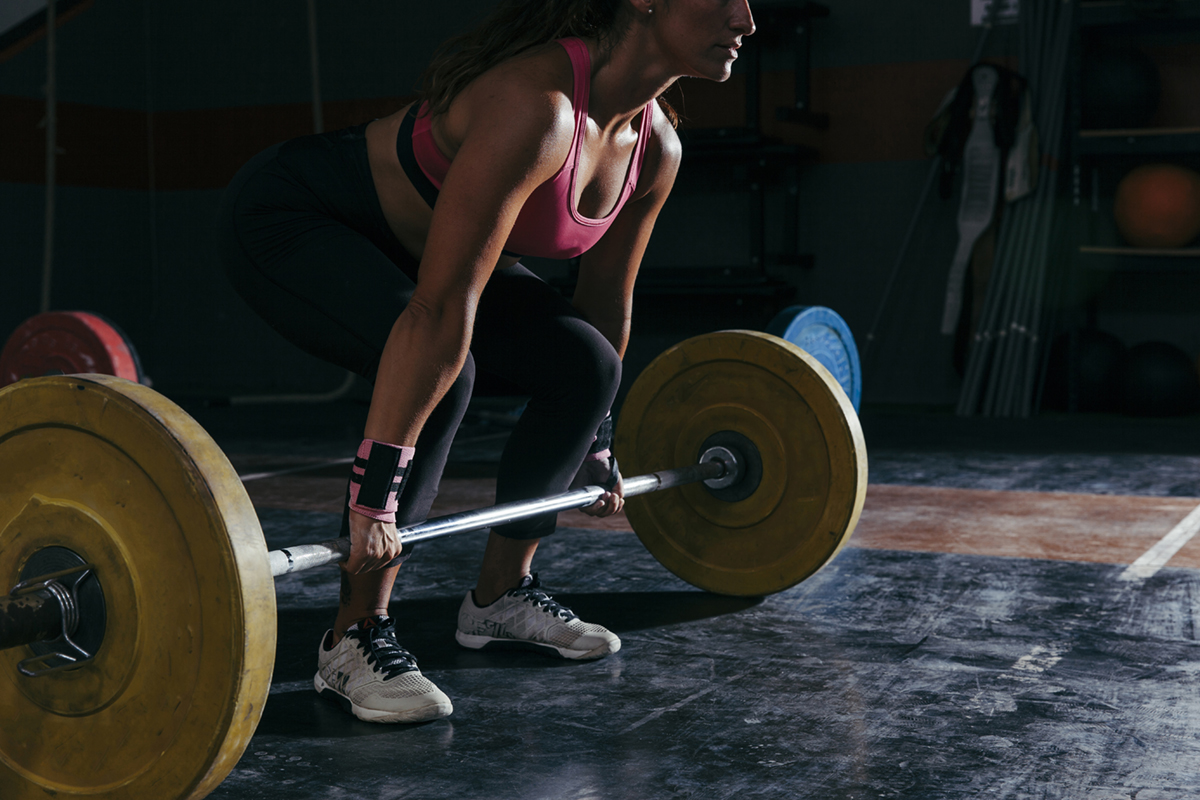Table of Contents
Isolation exercises are the current scourge of the fitness industry – it’s very in vogue to dislike them.

However, isolations aren’t all bad.
In theory you work your biceps with chin-ups, calves with squats and triceps with pushups, but the muscle groups these exercises really focus on are the back, quads and chest, with biceps, calves and triceps coming in as secondary assistance muscles. No one really gets a great arm pump from rows, or sees their calf size shoot up from doing lunges.
Despite what some may say, you need to include isolation exercises in your program if you are after a well-rounded fitness regime that leads to strong muscles.
Only performing compound exercises can lead to muscular imbalance, claims Nick Tumminello, strength coach and owner of Performance University in Baltimore. Your dominant muscles can take over, leaving the weaker ones lagging behind.
Let’s use the example of a squat again. Logic and textbook tells us that because of the joint actions involved, the muscles that are working are your quads, hamstrings, glutes, calves, abdominals, obliques and lower back. While this is definitely true, it’s very unlikely you’ve ever woken up the day after a tough squat session and complained of sore obliques or tight calves – more likely the phrase “Ouch my thighs” or the fact that you can’t sit down on the toilet unassisted indicate that actually, the muscle you felt by far the most was your quads.
By neglecting isolation exercises you really are selling yourself short. The result will be weight loss, if that's what you're after, but without the overall strength and endurance that would really serve you well in your everyday life and in terms of your health.
Most women are unhappy with at least one body part, with the common culprits being calves, glutes, triceps, abs and shoulders.
While isolating these areas won’t spot reduce fat from on top of the muscle, it will make the muscle bigger, resulting in it looking leaner, shapely and more defined. If you want awesome glutes, there’s no way you’ll get them with targeting them through hip thrusts, stiff-legged deadlifts and cable pull-throughs. Likewise stubborn triceps need isolation work, not just bench presses and pushups, and your calves respond well to being beaten into submission with various types of calf raise.
The Wrap Up
If you had to pick only one type of weightlifting exercise to do, then compounds are the clear winner.
Fortunately though, you don’t have to make such a difficult decision. Your program should be based around compounds, and they need to be your focus, but there’s no harm in adding in extra isolations where needed.
If you’re following a full-body or an upper/lower split routine, start each session with three to four heavy compound exercises, then pick two to three isolations for muscle groups that need an extra kick to get them going.
- “Train Muscles NOT Movements!”, By Nick Tumminello, Published on September 5, 2012, Accessed on November 22nd, 2012, Retrieved from http://www.schwarzenegger.com/fitness/post/train-muscles-not-movements
- Photo courtesy of mariachily on Flickr: www.flickr.com/photos/mariachily/4925711424

